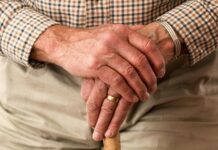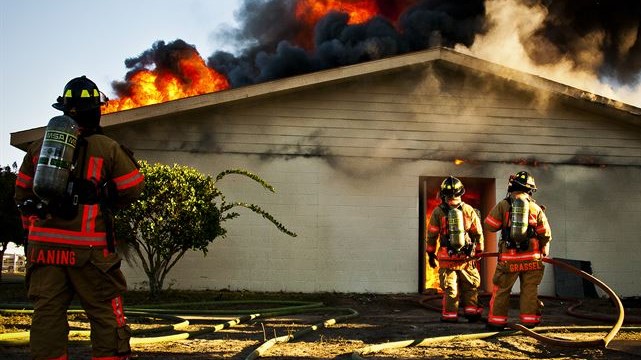As if the job weren’t dangerous enough, new research has found that after a blaze, firefighters have up to five times as many carcinogenic chemicals in their bodies.
The connection between firefighters and cancer is nothing new: previous research shows they have an elevated risk of respiratory and digestive cancers. Boston’s Fire Commissioner, Joseph Finn, called cancer an “epidemic” among the city’s fire personnel (it’s illegal to smoke as a firefighter in Boston).
This research distinguishes itself by examining how carcinogenic substances infiltrate the body through means other than inhalation – through the skin.
Skin contamination is no trivial matter
“There’s a relationship between firefighters’ urinary PAH (polycyclic aromatic hydrocarbon) metabolite levels and the levels of PAHs on their skin, which leads us to suspect that dermal contact may be an important route of exposure,” says lead author Jennifer Keir.
PAHs can be found everywhere, from motor vehicle exhaust to cigarette smoke and even grilled food, though it is unknown whether low-level exposure is risky. The body breaks down PAHs into metabolites – which can be highly mutagenic – and passes them out through urine and faeces.
High-level exposure certainly is risky, however, and PAHs saturate the air as wood, electronics, furniture, plastics and building materials burn up.
Synthetic materials like TVs and furniture are some of the worst offenders, creating hundreds of times more smoke than organic materials. Flame retardants alone create a 10-fold increase in noxious gases. Modern homes go up in flames a whole lot faster than those of a century ago, and our penchant for plastic takes the bulk of the blame.
Community heroes might need a good hosing down themselves
The University of Ottawa researchers took urine samples and skin and clothes swabs from firefighters both before and after they went out on the job.
Results showed that out of a total of 27 male firefighters, the average test subject had between 2.9 and 5.3 times the amount of PAH metabolites after a fire. Researchers found particularly dangerous PAHs such as naphthalene, pyrene, phenanthrene, and fluorene.
“We also measured mutagenic potency which gives us an indication of the possibility to produce genetic mutations,” says Keir. “We found this increased an average fourfold.”
The authors suggest that firefighters may need to decontaminate by washing immediately after they tackle a fire to prevent the carcinogens from being absorbed through the skin. It is noted that they can only hypothesize that this will mitigate the risk, but further research will clarify how effective this response is.








































